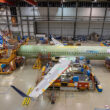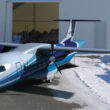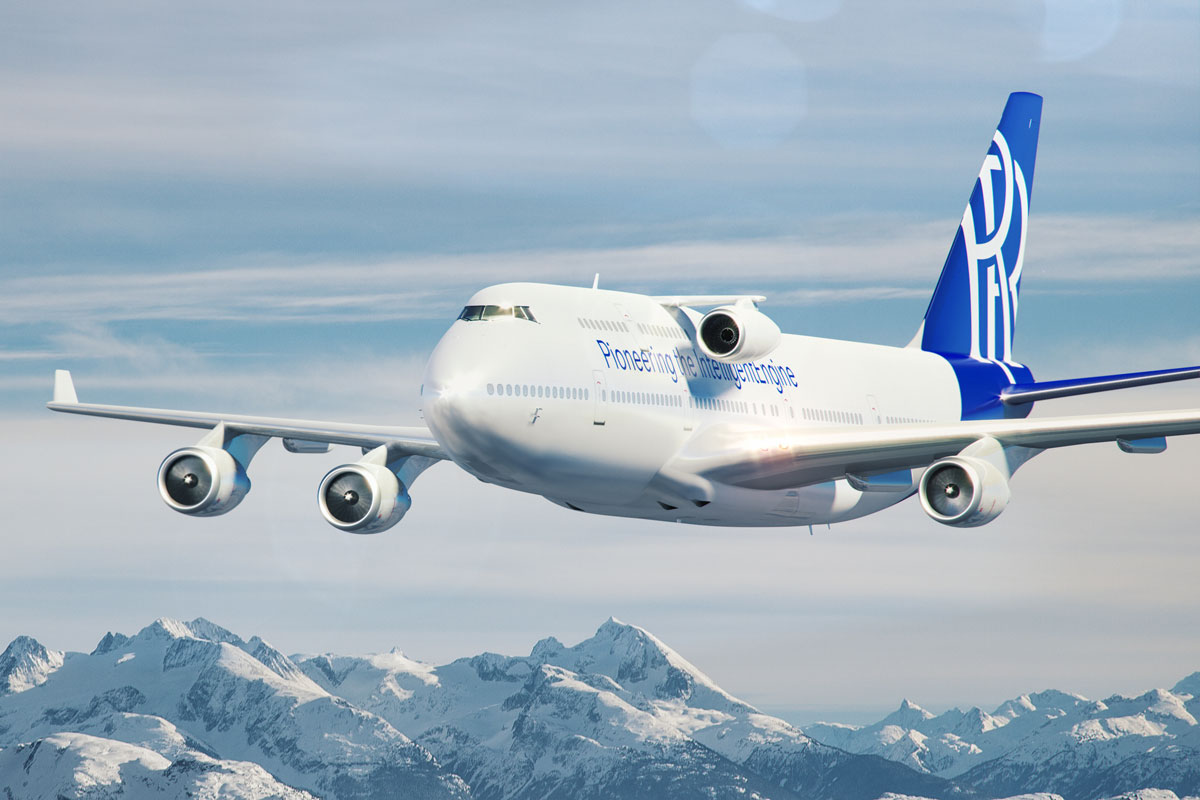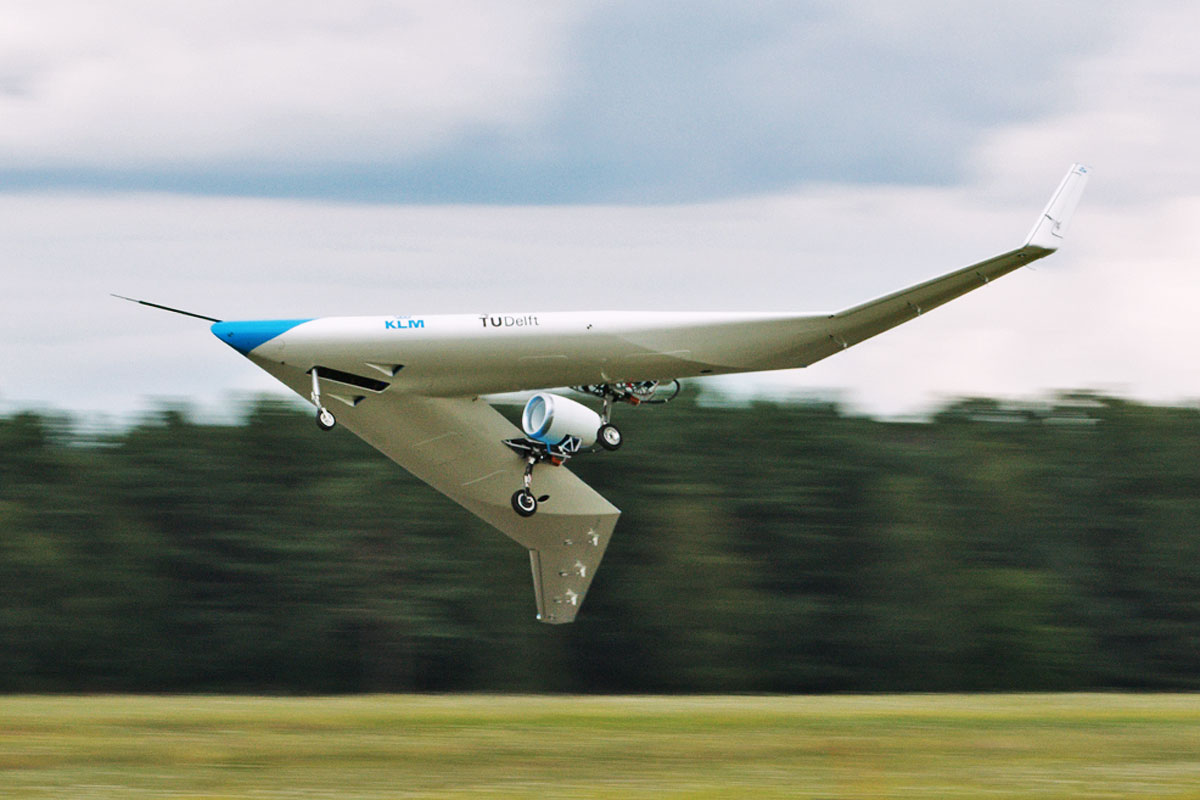The Aerospace Technology Institute unveiled on Monday the first of three concept aircraft powered by hydrogen, a fuel considered to be one of the most promising for zero carbon emissions on air travel.
The FlyZero project proposes aircraft with a size similar to current jets powered by aviation fuel, but which will be propelled by hydrogen in tanks distributed along the rear and sides of the fuselage.
The configuration gave aircraft a ‘whale’ appearance thanks to the very large diameter of the fuselage. The reason is that hydrogen needs to be stored under pressure and at minus 250 degrees Celsius in cryogenic tanks, which prevents the wings from being used as they are today with kerosene.
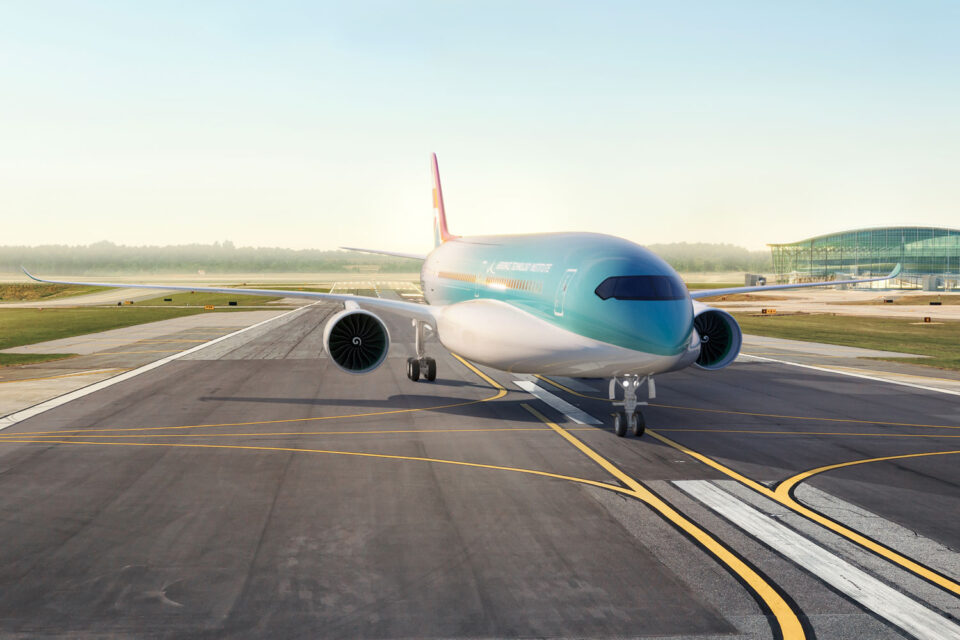
The medium-sized jet will have a wingspan of 54 meters, will be able to carry up to 279 passengers and will be powered by two turbofans adapted for hydrogen.
The goal is that the range will be quite high, at 5,250 nm (9,723 km), enough to fly nonstop between London and Rio de Janeiro or Beijing, for example.
The ATI will also show in early 2022 the concepts of a narrowbody jet and a regional plane. The FlyZero project is intended to serve as a basis for launching future sustainable aviation projects in the UK.
“These projects could define the future of the aerospace and aviation industry. By working with industry, we are showing that true carbon-free flight can be possible, with hydrogen a favorite to replace conventional fossil fuels,” said Kwasi Kwarteng, the institute’s Business Secretary.



